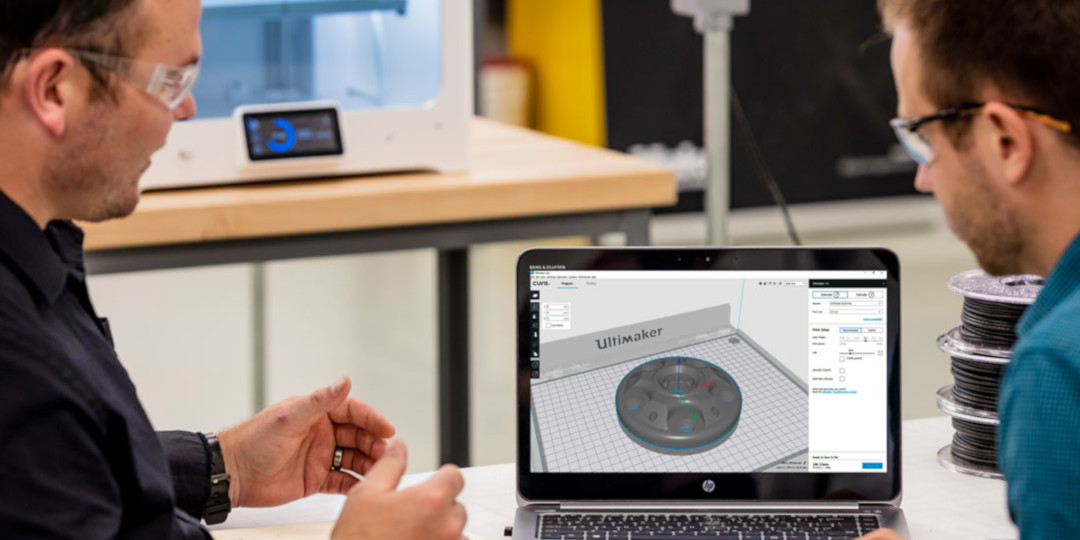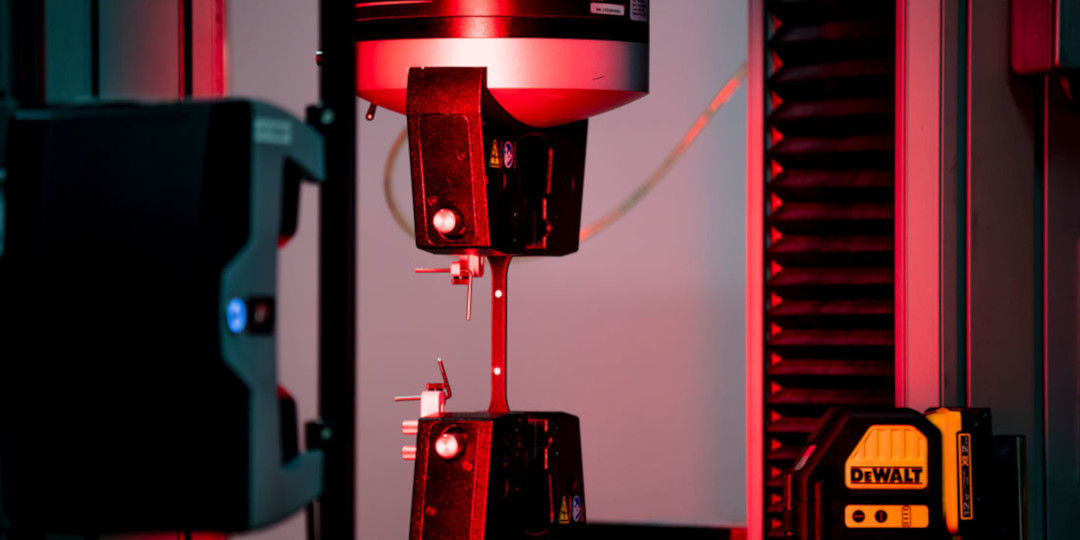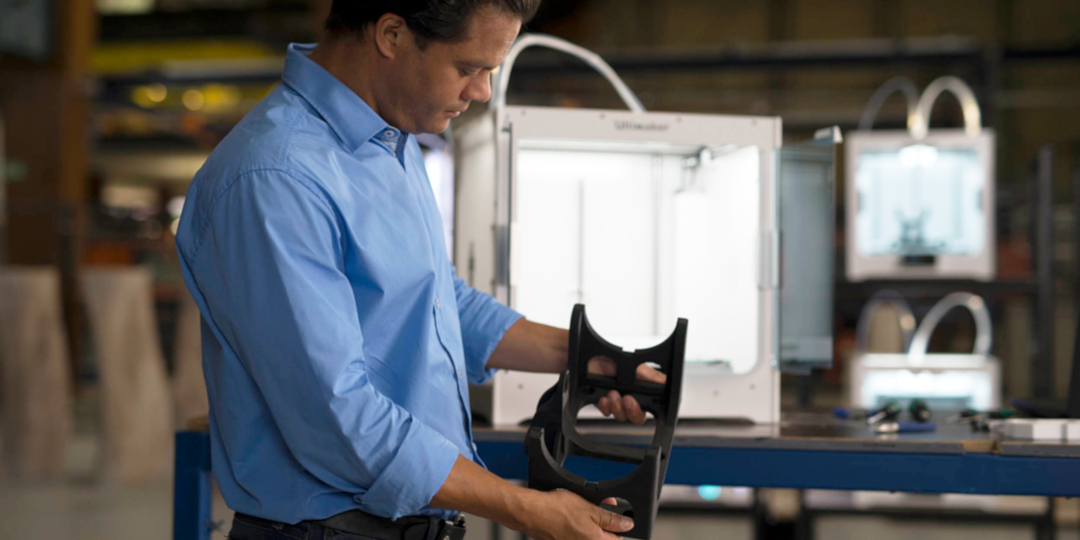Owens Corning, a world leader in fiberglass composite materials, roofing, and insulation industries, has collaborated with Ultimaker to create material profiles for Ultimaker Cura that help customers to fully realize their designs. Doing this has revealed numerous benefits, not only for customers, but also for the company itself.
With over 19,000 employees worldwide, Owens Corning has 3D printing labs in Ohio, US and Chambéry, France. One of its key products is the XSTRAND™ line of composite materials.
With excellent thermal and mechanical properties and compatible with the Ultimaker S5, XSTRAND™ materials are ideal for industrial applications. They can help customers manufacture items that suit specific applications, such as tooling, appliances, and electronics.
XSTRAND™ is an engineering-grade material that has 30% glass fiber within it, and now we’re combining it with a filament that can be 3D printed. It is designed to be used indoor, outdoor, and for many kinds of applications.
Perfecting the profiles
To help customers get the best out of the XSTRAND™ range, Owens Corning collaborated with the engineers at Ultimaker to create optimized material profiles that are now available in Ultimaker Cura. These profiles have been customized specifically for the XSTRAND™ range so that users can simply select the material they’re printing with, without having to configure multiple settings manually.
This takes the hassle out of finding the right setting for their filament, allowing Owens Corning customers to save time and print what they want right from the start.
It’s very easy. You just load your design, you select which material you're going to use – you can now select XSTRAND™ from the dropdown list – and it will populate all of your settings for you.
As a result of this close collaboration with Ultimaker, Owens Corning customers can now get the best possible quality for their prints, making prototyping and end-use products faster and easier. It’s also shown Owens Corning how the company can use 3D printing as part of its own workflow.
3D printing as an in-house solution
According to Adam Davis, Additive Engineer Front End Innovation at Owens Corning, one of the company’s biggest challenges lay in creating its own custom tools and fixtures for use within the company.
Long lead times from external manufacturers and high costs slow down the production process. When parts do arrive, often they aren’t fit for purpose, so they need to be reiterated, quickly and cost-effectively.
The company currently uses 3D printing to solve many of its own in-house needs. Last year, it recorded over 17,000 hours of print time, with printers typically running 24/7. They use the Ultimaker S5 because they need a printer that can reliably handle printing with composites, and other high demands.
An example of an item that was printed in-house is a customized guard within the roofing plant where no off-the-shelf replacement was available. The guard protects a sensitive component from any flying debris in a very hot, high-speed, and tough production environment. It requires strength, chemical resistance, and temperature resistance. Using XSTRAND™ and an Ultimaker S5, the company was able to produce and iterate the part at a fraction of the cost and time that it would have taken if outsourced.
Tensile testing an XSTRAND™ print
Leading through collaboration
Both Owens Corning and Ultimaker are committed to solving real-world problems and meeting industry-specific needs. Being able to accurately and reliably print prototypes and end-use parts play a big role in that. Taking the guesswork out of material settings makes this easier and gives customers a comprehensive printing ecosystem that they know will work right out of the box.
Once customers start realizing that now they have this Ultimaker S5 that is dedicated for the industrial environment, for people like myself that want to use a printer for materials like XSTRAND™, I think that’s amazing. It’s not just for the classroom anymore; it’s for the manufacturing plants, it’s for development work.
For Owens Corning, 3D printing has revolutionized not only how they work, but also what services they can offer their customers. Working alongside Ultimaker has resulted in a full-service offering that was never before possible using traditional thinking. Being open and enthusiastic about collaborating in innovative ways means that both companies are now able to offer specific solutions to real customer concerns.


























